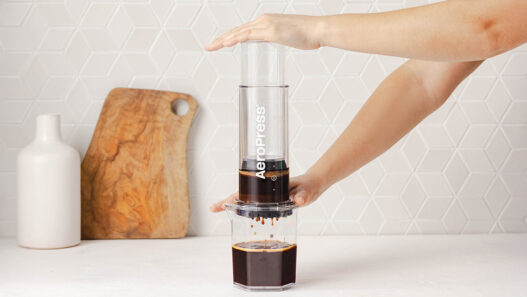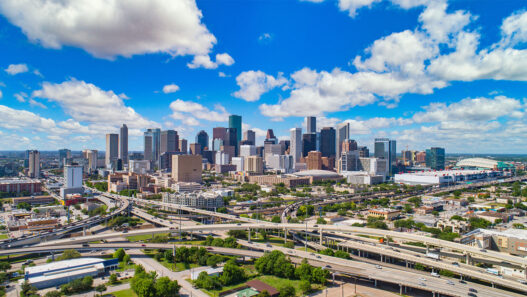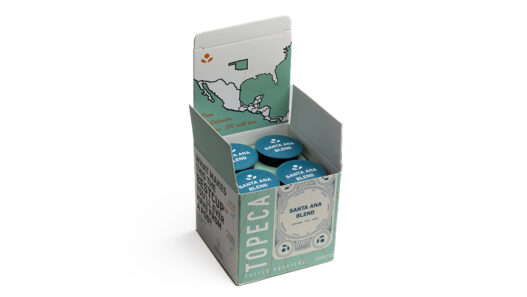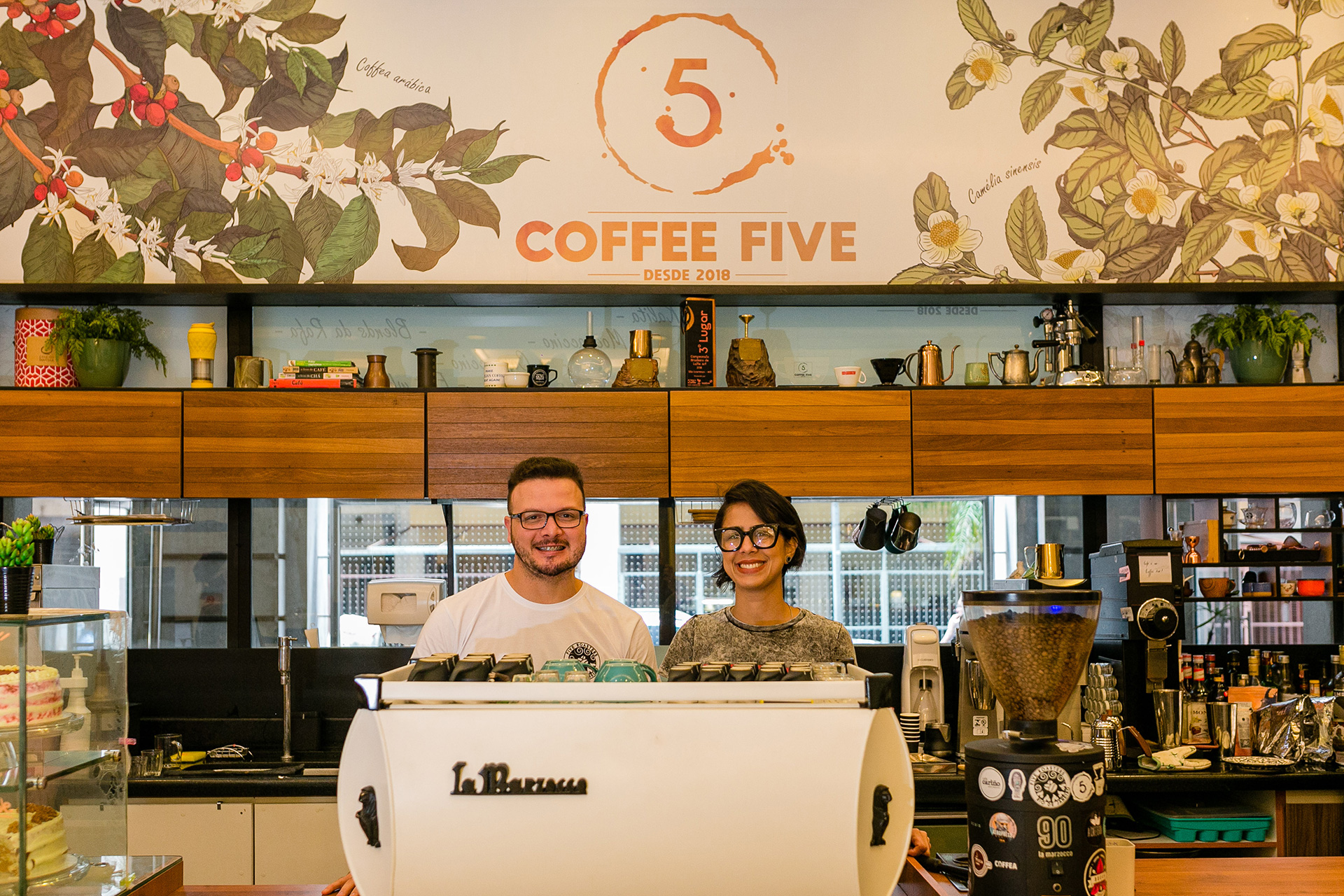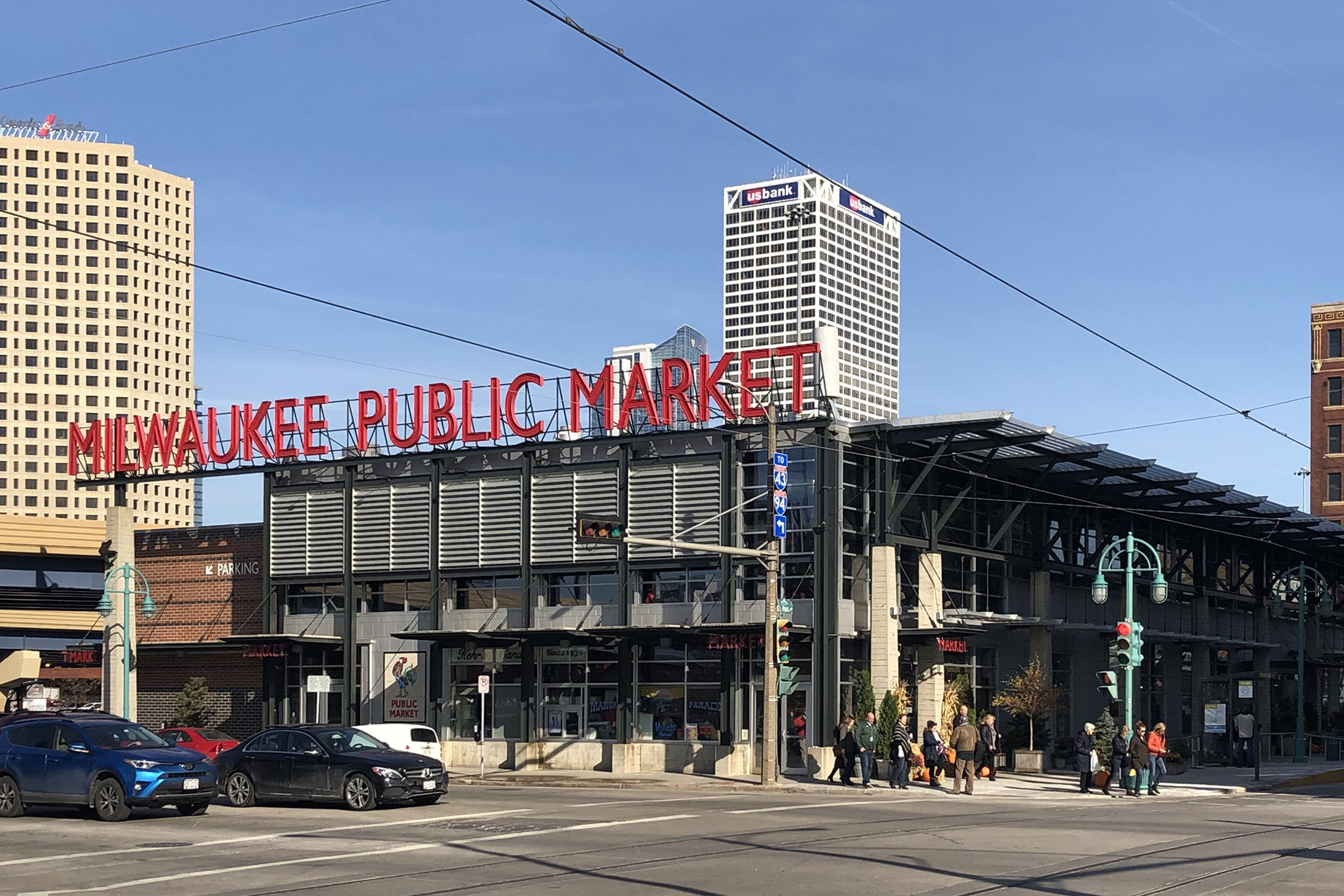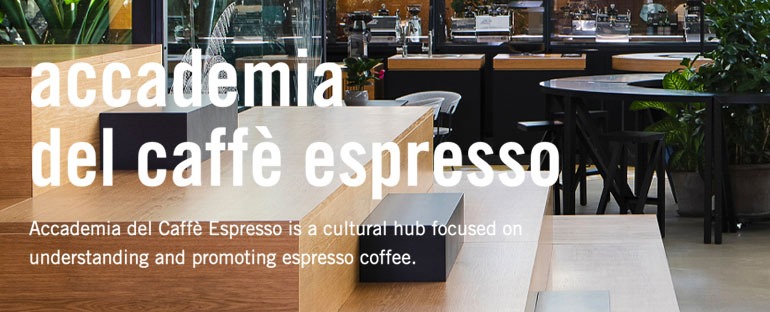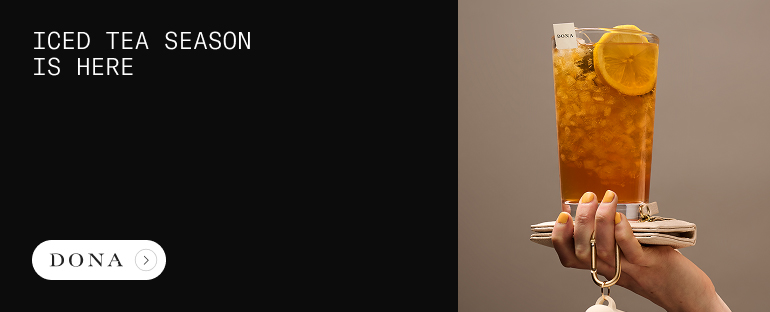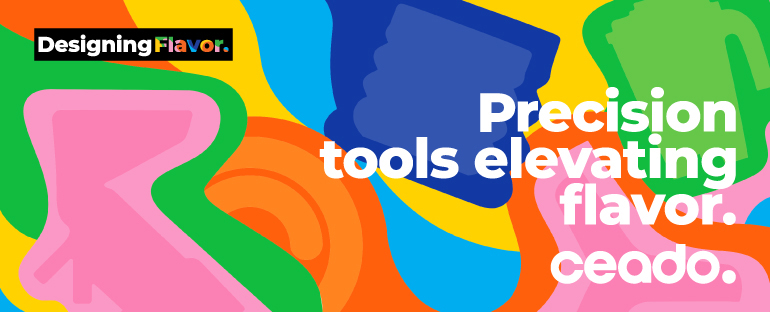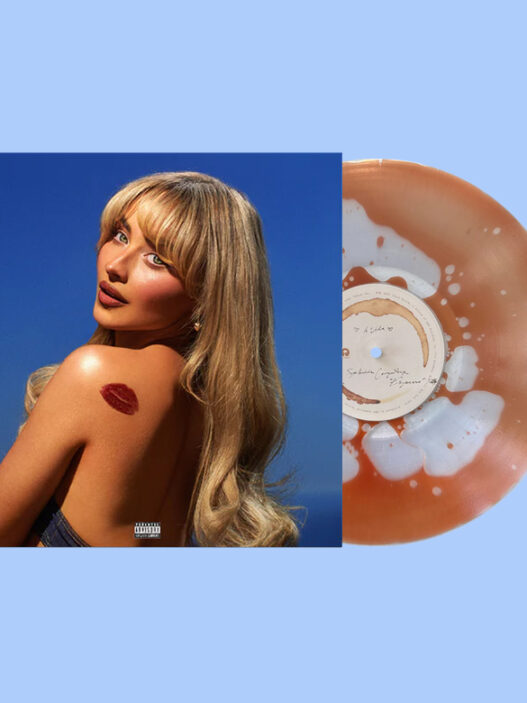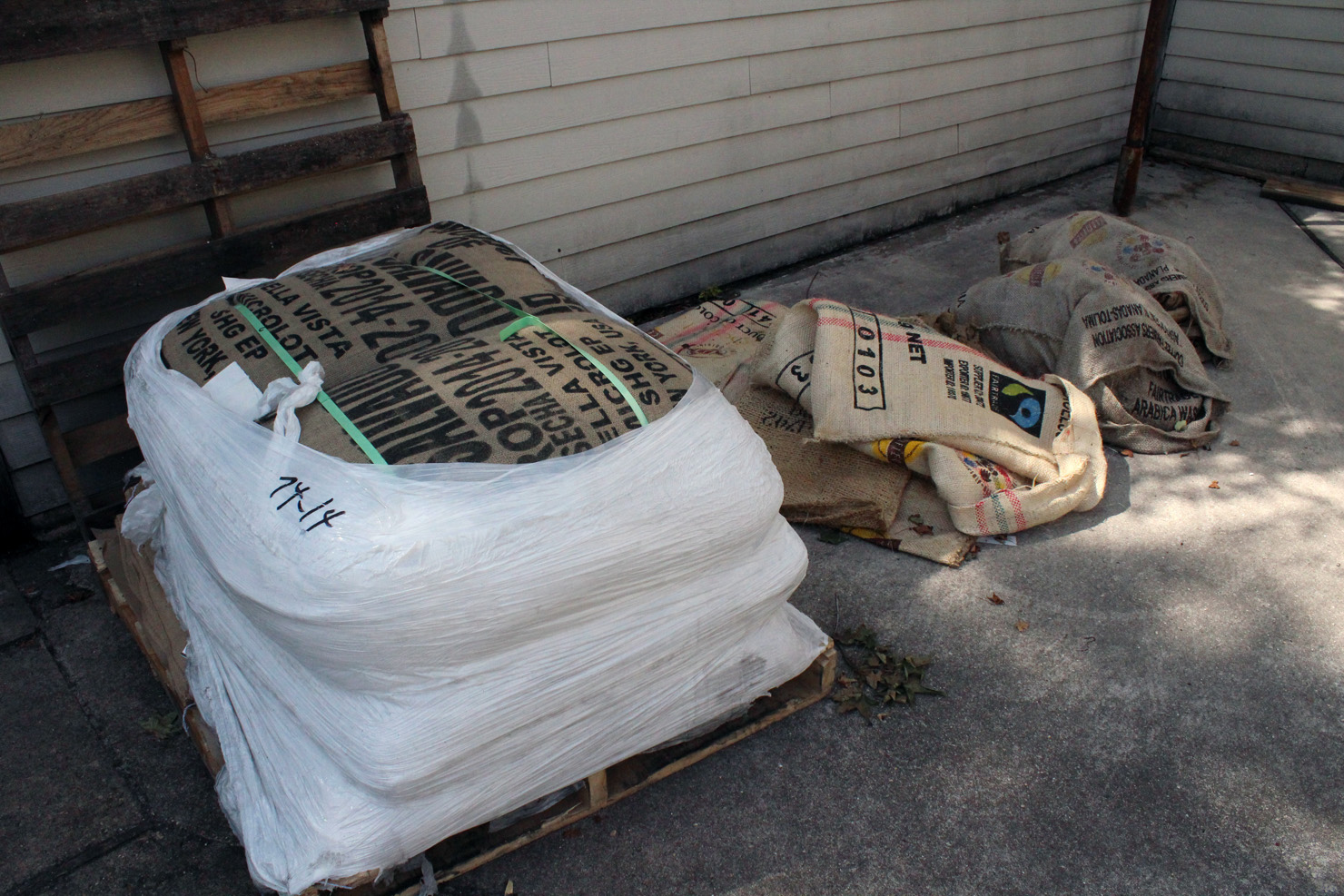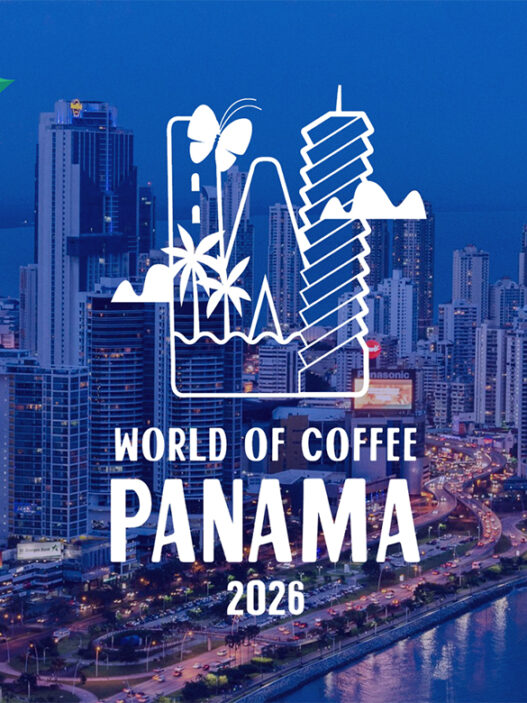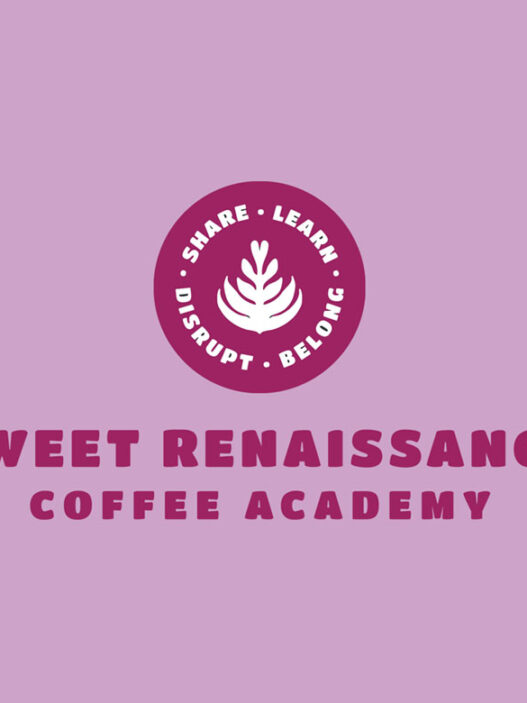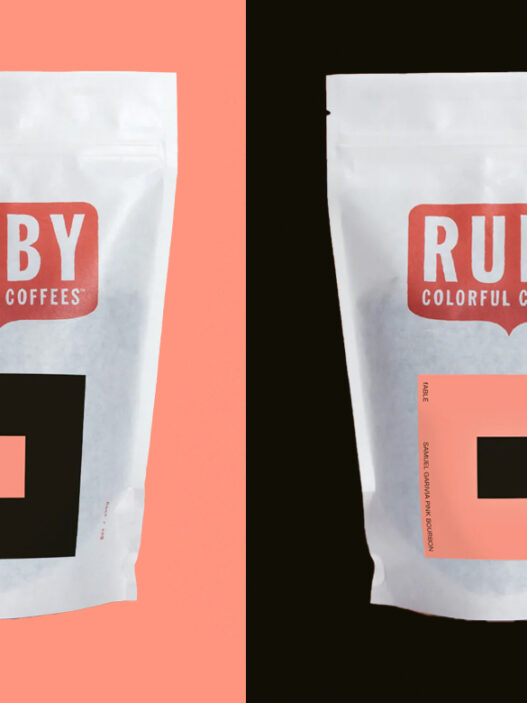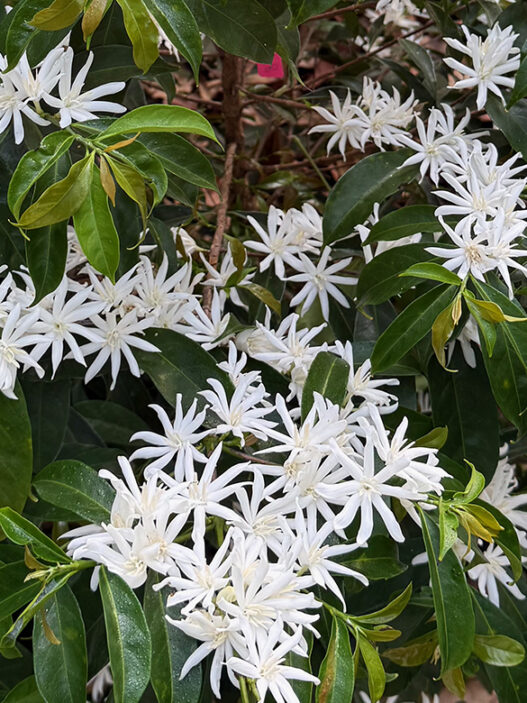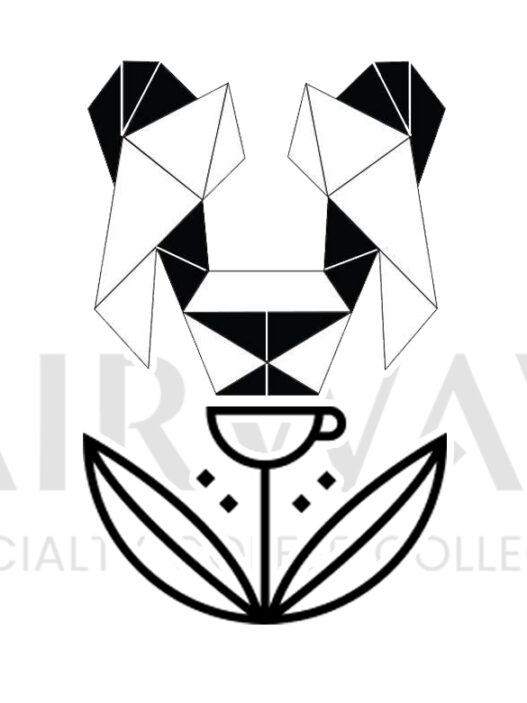
The first place I turn to when seeking new espresso theory is always CNN. Sure they’ve historically gone 0’fer on the espresso tips and tricks, but any good gambler will tell you that that just means they are due. And what do I see amid piles of ongoing impeachment coverage? Why a headline that reads, “Science may have found the secret to a better, and more sustainable, espresso coffee shot.” Jackpot.
While most articles on brewing better coffee include such revelations as “buy a grinder” or “use fresh coffee,” usually written by a staff writer with unknown coffee bona fides, CNN’s article is actually more detailed and based on a recently released study by, amongst others, coffee’s water doctor himself Christopher Hendon (I’m still waiting on my Peak water filter, Chris). Published yesterday, January 22nd, Systematically Improving Espresso: Insights from Mathematical Modeling and Experiment is a scientific exploration of what exactly is going on when you pull a shot of espresso and how can it be done more repeatably. The answer Hendon, Michael Cameron, and the eight other co-authors came to is, counterintuitively, use less coffee, grind coarser, and decrease extraction time.
General coffee wisdom is to grind very finely for espresso, increasing the total surface area and allowing for a higher yield percentage. But what this new research presupposes is: maybe it doesn’t? According to Hendon et al, by decreasing the total coffee bed size by reducing the amount of coffee used, there’s more room for water to get into the portafilter and hang out for longer, thus brewing the coffee more and increasing extraction.
For the purposes of consistency and repeatability, the paper suggests a coarse grind, which leads to a much faster shot time, between seven and 15 seconds total. Per the researchers, grinding finer is inherently more unpredictable, with an “inhomogeneous flow… resulting in poor reproducibility and wasted raw material.”
Beyond the consistency, the benefits touted by this new espresso recipe are twofold: it’s faster and cheaper. The shorter total shot time, it is argued, lends itself to a quicker drink turnaround time, and by using less coffee—around 25% per shot—CNN estimates coffee shops would save over $3,600 a year.
Hendon does note that viewing the quality of an espresso shot purely through the lens of extraction yield is reductive. What makes the traditional espresso shot harder to reproduce also appears to be what adds to its overall complexity. Some, like Zachary Gordon-Kane of Atlanta’s Brother Moto tells CNN, want a “thicker, more viscous experience, with more punch and flavor.”
It’s no doubt an interesting new theory on espresso extraction and there is no doubt enough here for all you spro bros to argue about on your coffee forums or your podcasts or to unsuspecting customers who just want their latte thanks. And if you do choose to engage in some insprolectual combat, make sure to gird yourself with words like “solubility” and “variance” and maybe “spatial inhomogenization.” I’m not sure that that last one actually means anything, but it sounds technical. Or you could just do what I do: drink filter coffee.
For more information, Systematically Improving Espresso: Insights from Mathematical Modeling and Experiment can be found here.
Zac Cadwalader is the managing editor at Sprudge Media Network and a staff writer based in Dallas. Read more Zac Cadwalader on Sprudge.
Top image © Adobe Stock/Antonio Guillem




